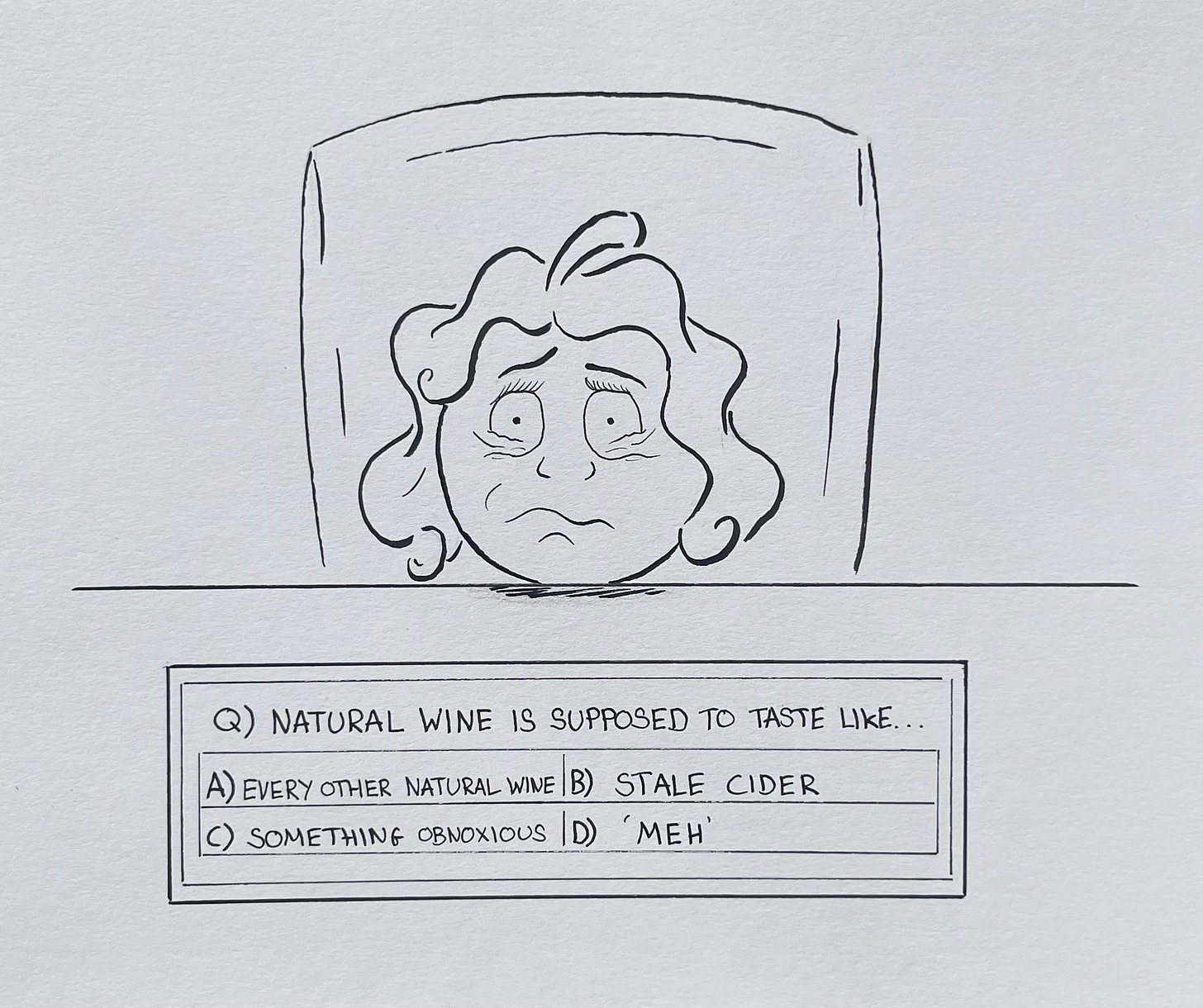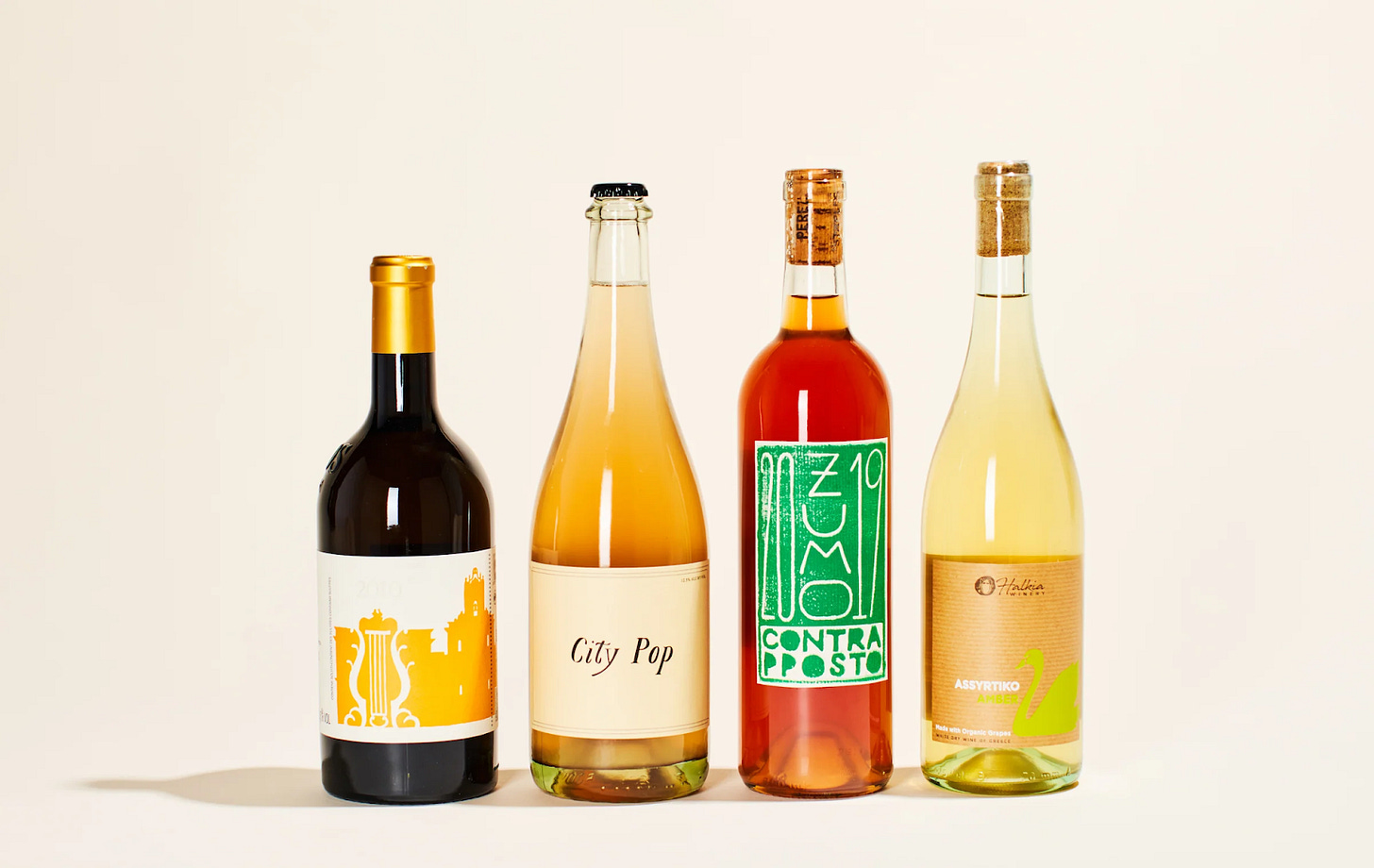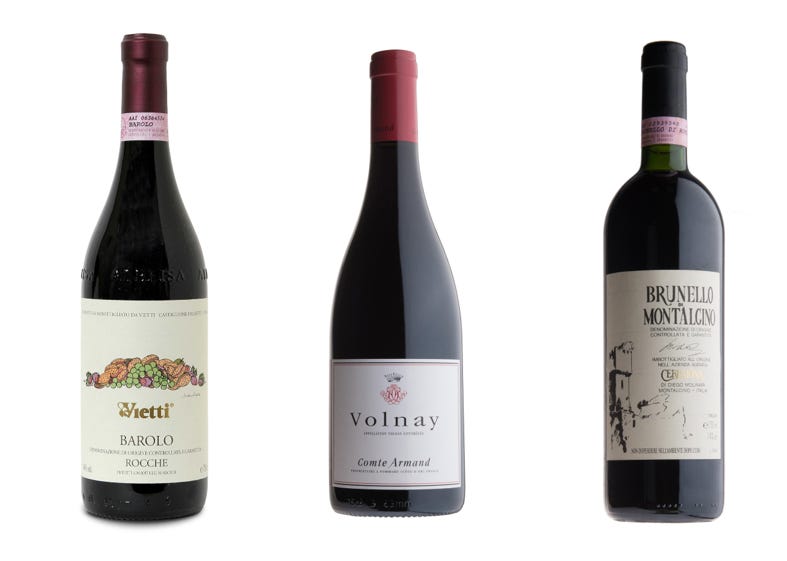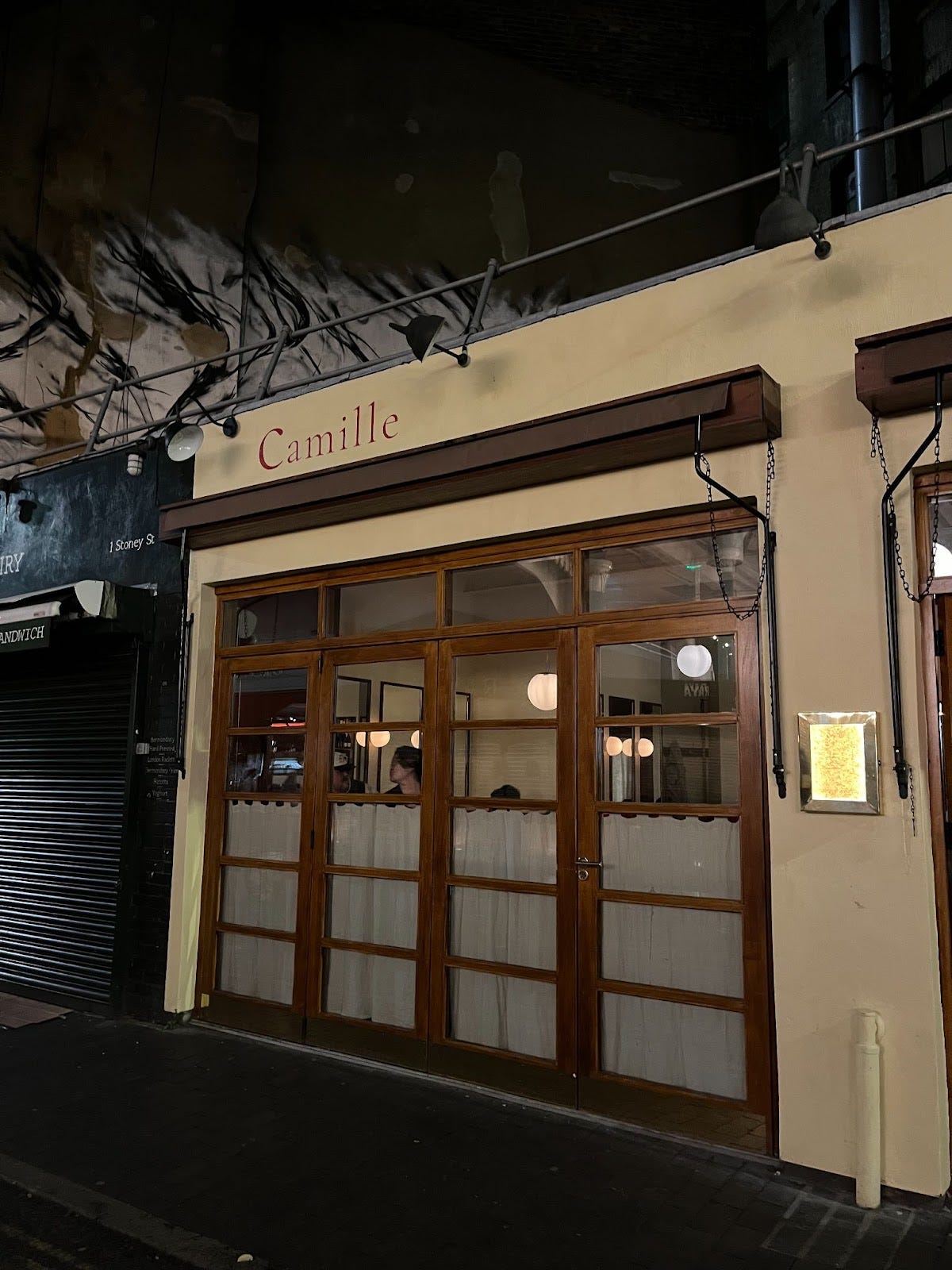Picture this - I’m out for dinner at one of the highly anticipated, newly opened London restaurants. Grace Dent has reviewed it, as has Jimi Famurewa and the cult dishes are all over Instagram. The restaurant is famous before it’s even opened! I successfully reserved my table online, I can read the chalkboard menu (just about) and I can chat to my friends over the perfectly pitched music. All sounds peachy - it’s not! When it comes to the wine list I’m completely lost. I might look calm and collected as I gaze down the list but inside I’m flailing. I don’t recognise a thing!
Having spent nearly a decade working in wine, I like to think that I know a thing or two. Not only do I expect this of myself but my pals expect it of me too. Taking control and choosing the wine is genuinely the reason I’m at the table. I take it seriously too, so you can imagine my despondency when my mind goes blank.
What is the cause of my inner panic? Why do I feel so out of control? Step forward Natural wine. This is it, the thing I fear. I feel like a contestant on University Challenge during the music round, when they’re given contemporary songs rather than classical music. I’m as confused as they are when it comes to wine because I’m classically trained too. I find the Natural side of wine challenging because I’ve never had to know much about it; it’s not my bread and butter!
After an outing at the newly opened Camille, in Borough (see my review below) I realised that enough was enough. I needed to get my head out of the sand and learn a bit more about Natural wine. I may not like it but I do need to know a little about it.
Alice Feiring is the leading light when it comes to Natural wine writing and I think her definition pretty much sums it up. In short, natural wine is ‘wine without crap in it.’ Natural wine is grape juice, nothing less, nothing more. This sounds silly but for the purpose of this newsletter let’s split wines into two categories: natural and conventional. Natural wines usually come in funky, clear bottles that show the (often) hazy liquid inside. Conventional wines will look more like everyday, supermarket bottles.
All wines, both conventional and natural, are made by converting sugar from grapes into alcohol. It’s how you get there that makes the difference. There’s no regulated or official definition of Natural wine but here are a few defining features:
Organic, Biodynamic or Natural farming. Organic is the gateway from which Biodynamic and Natural flow. It’s all about the health of the vineyard. You can’t use chemical pesticides or fertilizers. If something is wrong, you have to use the ecosystem to fix it.
Minimal action in the winery. Nothing should be added or removed nor should you use machines to alter the liquid. This means no added yeast to kickstart fermentation and no fining/filtration.
Independent grower/winemaker. No global conglomerate ownership here. The Natural wine world is very artisanal and small.
A little note on sulfur before I go on. I’ve heard people say ‘I can’t drink wine that contains sulphites because it gives me headaches,’ but the legal limit for sulfur use in the USA and Europe is so low that you can’t really blame your headache on it. There’s more sulfur in the bag of salad than there is in a wine bottle so don’t fear sulfur, just drink moderately!
It’s not solely conventional wines that contain small proportions of sulfur, natural wines will often contain a little bit too. Even though most natural winemakers aim to work sans souffre sometimes they need a little help too. Of all the additives in the wine world, sulfur doubles up as being the most useful to the winemaker and the most harmless to the consumer. Sulfur is an antioxidant and it acts as a preservative to help the wine stay in shape. If the winemaker doesn’t use sulfur, the risk is oxidation and spoiling. Sulfur is not the enemy and a lack of it is certainly not a reason to penalise conventional wines.
I like reading about Natural wine. It’s earthy, like buying organic vegetables from a market, it makes me feel good inside. Yet sadly this feeling doesn’t translate to my mouth; I just don’t enjoy drinking Natural wine. For me, there’s a disconnect between the story and the taste. I find most Natural wine tastes the same, even if the bottles come from totally different parts of Europe. I don’t mean to be glib but a lot of Natural wine that I’ve tasted have the same aromas of cider and farmyard. Plus, it’s hard to distinguish between grape varieties and regions. Whether you’re drinking an Orange wine (a white wine made like a red wine. White grapes are crushed on their skins so the resulting liquid is orange) or a Pet-Nat (a very traditional style of sparkling wine where the fermentation finishes in the bottle creating a spritz) I find the flavours all blend into one.
There’s also the question of price. If Natural wines were considerably cheaper than conventional wines I bet I’d feel differently but give me the choice between a classic Chateauneuf-du-Pape or a similarly priced Natural red wine from Georgia, I’m going for the conventional wine everytime. There’s more consistency and balance, which is what I want when I open a bottle.
What I’m trying to say is, I appreciate Natural wine for its story and its craftsmanship but I don’t enjoy drinking it. Conventional wine is a broad church and within this umbrella you have mass-market wines like Barefoot (IYKYK) and stunning, small-production Burgundy, Barolo, Brunello di Montalcino and the rest! The reason I will always fly the flag for conventional winemaking is because wine is a living thing, it’s constantly changing and evolving and it needs looking after to ensure it doesn’t spoil. You don’t need to cover the grapes with pesticides nor do you need to blanket the wine with lots of sulfur, but a little intervention to preserve nature’s gift works for me.
Camille, 2-3 Stoney Street, London, SE1 9AA
I’m very lucky to live so close to Borough Market. It’s incredibly touristy, busy and expensive but it’s one of my favourite places in London. Everyone is on holiday when visiting Borough Market and this feeling is infectious. There are new openings all the time but one I was very excited about was Camille.
Perched on the outer edge of the market, Camille could have been plucked from a Parisian street. The linen curtains, rust coloured interiors and petite menu are straight out of France. Even the Natural wine list is very Paris (if you’ve been to the French capital recently you’ll have noticed the proliferation of natural wine bars). Camille is lovely, humming with activity but one downside is the square footage, it’s quite pokey. Tables for two are squished in odd places and I’m not sure how I feel about spending £60 a head while perched on an uncomfortable bar stool.
The food though is genuinely brilliant without being pretentious. The little morsel of a smoked eel devilled egg was perfect, followed by the best crab on toast I’ve ever had. The dessert, which has become the latest Instagram fad (I can never work out if this is a good or bad thing!), was sublime in its simplicity. I’d never had a burnt milk tart before but I would go back to Camille purely to experience it again.
I should have guessed that the wine list would be very natural, as it fits with the style of the place and sure enough it was, with me not recognising a single producer on the list. This is more my problem rather than theirs but it’s pricey too. I don’t like choosing expensive bottles when out with friends but even the cheapest wine was so light in body it felt like cranberry juice. Hmmm…Will I be back? Maybe, but the incredible French food needs unbelievable wine, in my opinion, and the wine list didn’t do it for me.
It's in my free time that I research interesting grape varieties, taste new wines and travel to wine regions. My mission is to keep sharing these adventures and discoveries with you for as long as possible through this newsletter. If you’d like to support me, you can donate any amount via the button below. I’d be forever grateful.





